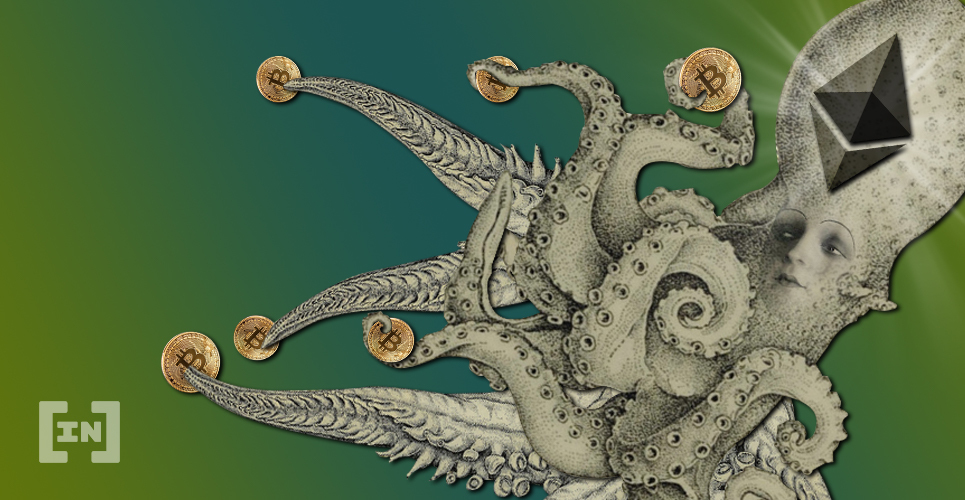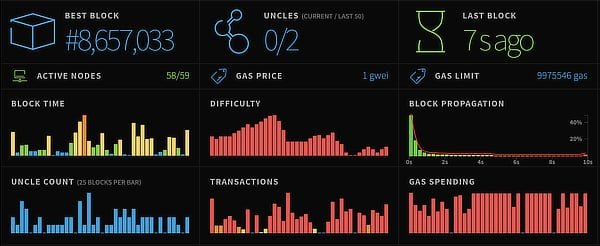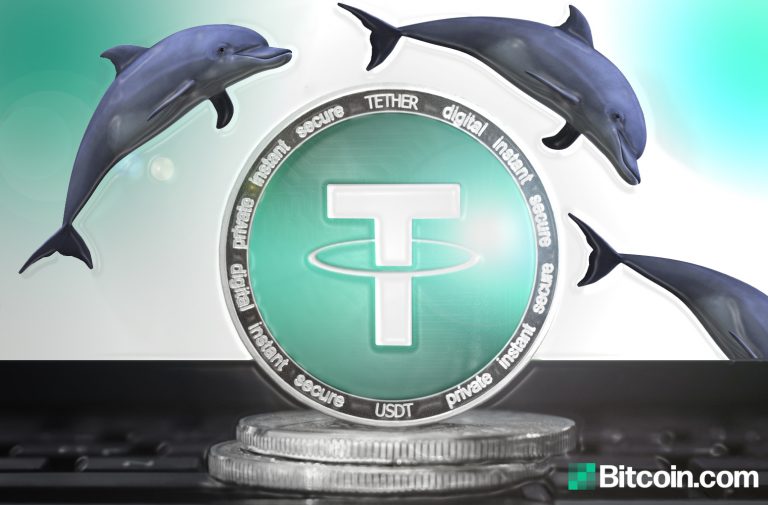2021-4-14 14:58 |
The dawn of decentralized finance has fuelled a rapid growth in Ethereum’s daily transaction volume, with rising sustainability concerns due to the blockchain’s scalability shortcomings and unreasonable transaction fees. While the deployment of Ethereum 2.0 has commenced, it’ll likely take years before the update is fully integrated, causing unnecessary delays in the reshaping of the financial landscape as we know it.
Ethereum is currently able to handle no more than 15 transactions per second, a figure that’s downright unacceptable in today’s bull market. Luckily, technical masterminds worldwide have figured appropriate solutions that provide scalability without compromising on security and decentralization. Such is the case with layer 2 solutions, which are technical innovations that scale the network through transaction processing off Ethereum’s main chain.
Overview of Layer 2 BenefitsdApps that entail significant ongoing transactions are destined to fail if they don’t make use of a layer 2 solution. Moreover, if mass adoption is the goal, then gas fees over a few cents per transaction make little sense. Layer 2 deployments are a valid fix to both of these challenges, whilst also making no sacrifice in terms of decentralization and security – after all, layer 2 solutions are built on top of Ethereum’s mainnet.
Projects like Numio are actively integrating layer 2 solutions like zkRollups within their value proposition, allowing fast, cheap, and safe cryptocurrency transfers that retain all benefits provided by Ethereum, yet eliminate the network’s current shortcomings.
Inside Ethereum’s Main Layer 2 SolutionsIn general, layer 2 solutions make use of server clusters, commonly referred to as validators or nodes. Rather than having transactions submitted to the mainnet, these are processed off-chain by layer 2 validators, then clustered together and anchored to Ethereum’s layer 1. There are technical particularities that differentiate popular layer 2 solutions from one another, but for the most part, their operational principles remain similar – to scale Ethereum’s network.
Today’s most popular layer 2 implementations include zkRollups, State Channels, Plasma, and Validium. Since this article includes a case study of Numio, we’ll focus our attention on zkRollups, the layer 2 solution that Numio’s technical infrastructure is based on.
Zero knowledge rollups (zkRollups) execute transactions outside the mainnet, yet transaction data proof is submitted to the layer 1, retaining an optimal degree of security. Through the deployment of smart contracts, zkRollups assure genuine transaction execution by relying on layer 1 data. As such, computation is carried out off-chain, but proof of validity is sent to the mainnet. This degree of security is known as “OCDA”, which stands for on-chain data availability, since all data is on Ethereum’s mainnet.
Scalability is easily realized since zkRollups can bundle up a significant number of transactions, and since computation is carried off-chain, there’s no longer a need to fully rely on Ethereum’s infrastructure. This leads to considerably lower fees per transfer, as well as support for high transaction throughput.
Will Ethereum 2.0 End Layer 2 Solutions?The blockchain’s upcoming update will see the implementation of sharded chains – these are described as interoperable highways that are part of the same transportation system. Shards are akin to some layer 2 solutions, in the sense that they handle part of the processing efforts, whilst relaying the results back to the so-called beacon chain. This creates huge potential for network scalability, with numbers as high as 100K tx/s by working with L2 solutions.
One would rightfully think that there’s no need to scale further past the 100K threshold, yet such a vision is shortsighted. If Ethereum is to serve as the infrastructure for the worldwide financial system, it must process hundreds of thousands of transactions every second. To make it clear – these aren’t your average Uniswap trades, but rather micro-payments, automated transactions, and smart contract interactions.
With this being said, layer 2 solutions and Ethereum 2.0 will complement one another. As Ethereum’s use cases continue to grow, the demand for higher transaction throughput will never slow down. Applications based on zkRollups therefore have an essential role to play in both today’s & tomorrow’s markets.
Understanding Numio’s Unique Market PositionTo cut to the chase, Numio is a simple, yet advanced cryptocurrency application that’s based on the zkRollups implementation built by zkSync. Designed from the get-go to be fast, cheap, and safe, transfers made via Numio do not forgo Ethereum’s security and control.
The app’s layer 2 integration allows Numio to process over 2,000 transactions per second, whilst facilitating instant and low-cost payments. zkRollups are non-custodial in nature, so user funds are untouchable by anyone else other than their owners. In other words, no centralized authority, third party, or even Numio itself would be able to lay siege to customer assets. Moreso, Numio has customizable security features, allowing users to select the preferred level of security. For instance, QR codes, biometrics, and 2FA can be used to log into the Numio Vault, or to access the platform’s partner websites.
Some of the other reasons behind Numio’s decision to integrate zkRollups as the preferred layer 2 solution include the bundling and splitting of gas fees between users, instant P2P payments, free account creation, rapid coin withdrawals back to the mainnet, and Ethereum-grade transactional security.
Numio is not only great for sending and receiving cryptocurrencies. Instead, it aims to serve as an all-in-one-solution for mainstream cryptocurrency use cases, specifically within DeFi. The development team is working on integrating in-app crypto trading, token swaps, as well as lending functions, and community pooling for much-improved staking incentives on Ethereum’s L2.
In the short-term future, Numio will launch additional features, including QR-based point-of-sale payments for in-store purchases, cashback rewards, and its much-awaited iOS app.
Bottom LineWith these aspects in mind, Numio represents a textbook example of successful mainstream deployment of the zkRollups layer 2 solution. Aiming to enable friction-free finance on-top of the Ethereum blockchain, Numio seamlessly processes ETH-based transactions at a fraction of the standard costs. With scaling difficulties out of the way, apps like Numio are destined to pave the way to crypto mainstream adoption.
The post The Future of Ethereum on Layer 2 – Numio Case Study appeared first on NullTX.
origin »Data Transaction Token (XD) íà Currencies.ru
|
|












